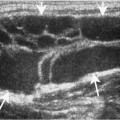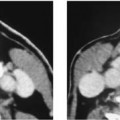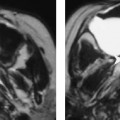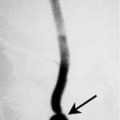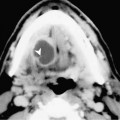Chapter 60 Squamous cell carcinoma (SCCA) of the gingiva and the mucosa covering the maxillary and mandibular ridges constitutes about 10% of all malignant neoplasms of the oral cavity. The incidence rate is lower than that of SCCA of the tongue. The incidence is more common in men (4:1) between the ages of 60 and 70. There is geographic predominance and the tumor has an increased incidence in women in the southeastern United States. This may be due to the use of chewing tobacco or snuff. SCCA of the hard palate does occur; however, it is unusual because the majority of hard palate neoplasms are minor salivary gland tumors. The staging of oral cavity carcinoma is presented in Table 60–1. Gingival carcinomas occur most commonly in edentulous areas, and patients with SCCA of the gingiva may present first to the dentist and complain of loose teeth, ill-fitting dentures, tooth pain, or a nonhealing sore. These tumors may also appear at the free gingival margin close to the surface of a tooth. Advanced tumors may invade the underlying bone and the inferior alveor nerve and result in paresthesias. The most common site of invasion is along the occlusal surface of the maxillary and mandibular ridge (Fig. 60–1). The primary echelon lymphatic drainage is to the Group I lymph nodes. The primary drainage is usually ipsilateral to the side to the primary tumor. Contralateral involvement is unusual. The incidence of positive lymph nodes at initial presentation varies between 15 and 30%. Gingival carcinomas tend to be well differentiated. The tumors tend to be papillary exophytic lesions in edentulous patients. These tumors may also present as ulcerating plaques. Many gingival squamous cell carcinomas arise on a background of leukoplakia.
Squamous Cell Carcinoma of the Gingiva and Hard Palate
Epidemiology
Clinical Findings
Pathology
TX | Primary tumor cannot be assessed |
T0 | No evidence of primary tumor |
Tis | Carcinoma in situ |
T1 |
